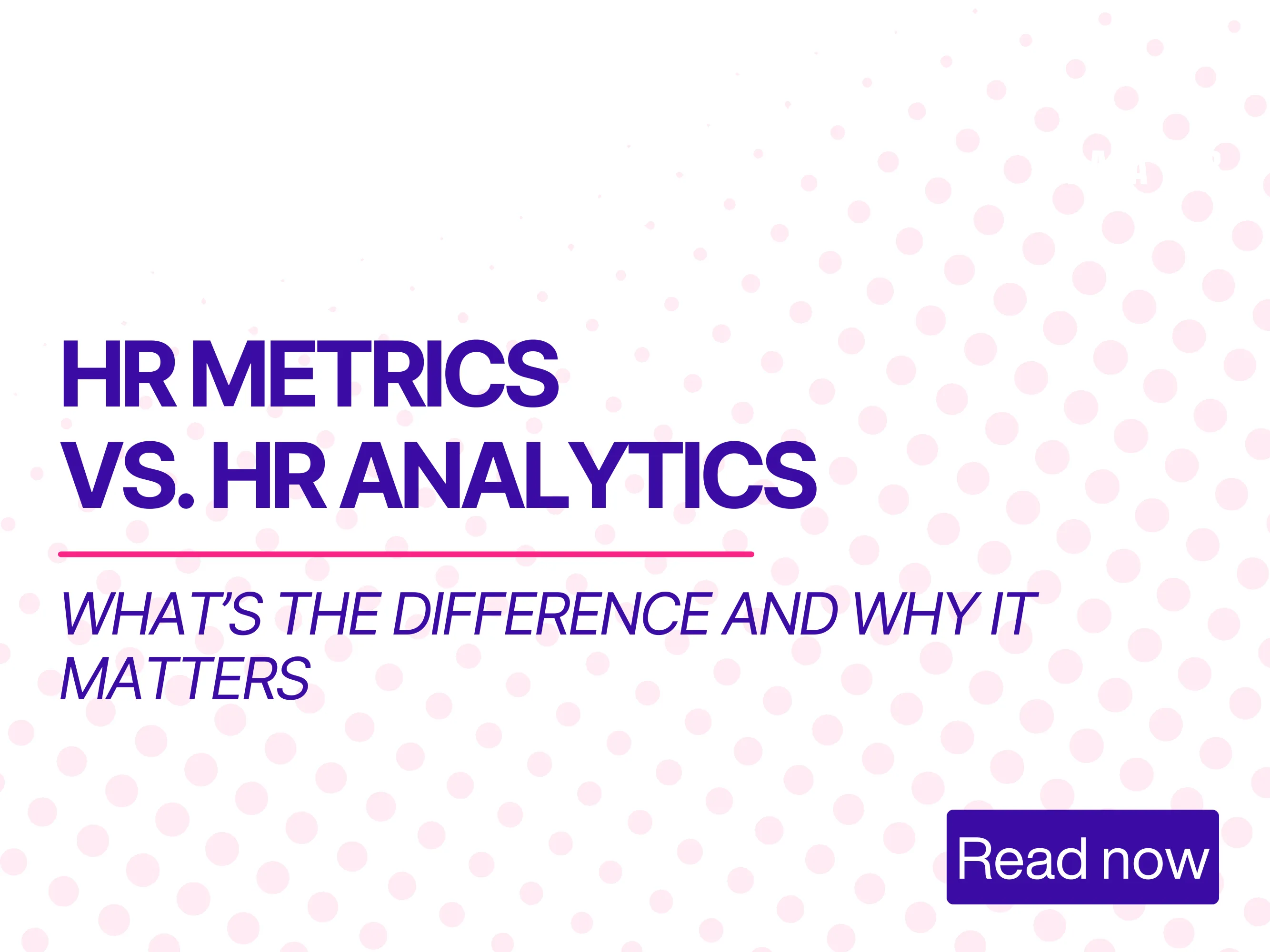Diversity insights — How fairly are age groups represented?
A balanced age distribution across all levels of the company is an indicator of equal opportunities and sustainable personnel development. Here you can analyse whether all age groups are adequately represented, identify potential gaps and plan targeted measures to promote a fair and inclusive workforce.
Was bedeutet die Analyse der Altersgruppenrepräsentation über Unternehmensebenen hinweg?
Die Analyse untersucht, ob Mitarbeitende aller Altersgruppen in den unterschiedlichen Unternehmensebenen (z. B. Junior, Senior, Management) ausgewogen vertreten sind.
Sie zeigt auf, ob bestimmte Altersgruppen systematisch unter- oder überrepräsentiert sind und gibt HR-Teams Hinweise, wie sie Chancengleichheit und Diversity über Hierarchieebenen hinweg fördern können.



Based on the analysis of age distribution across company levels, significant imbalances representing the age groups:
Main findings on age distribution
Layer 1 (management):
- Only 1 person in the 50-59 age group
- No other age groups represented
Layer 2 (senior management):
- Severely overaged: 90% are 40+ years old
- 45% in the 40-49 age group (9 people)
- 45% in the 50-59 age group (9 people)
- 10% are 60+ years old (2 people)
- Completely missing: Age groups under 40 years
Layer 3 (Middle Management):
- Also overaged: 100% are 40+ years old
- 47% in the 40-49 age group (21 people)
- 33% in the 50-59 age group (15 people)
- 20% are 60+ years old (9 people)
- Completely missing: Age groups under 40 years
Layer 4-6 (Operational Levels):
- More balanced distribution represented by all age groups
- Layers 4 and 5 show the best age range
- The focus is on 30-49 years
Critical problem areas
- Lack of junior staff in management positions: Have layers 2 and 3 zero people under 40 years
- Demographic risk: In the next 10-15 years, many managers will retire without any younger successors in position
- Lack of age diversity: The highest levels of management show a very homogeneous age structure
conclusion: The age groups are not fairly distributed across company levels. There is a considerable need for action in promoting young talent and succession planning for management positions.
.webp)






